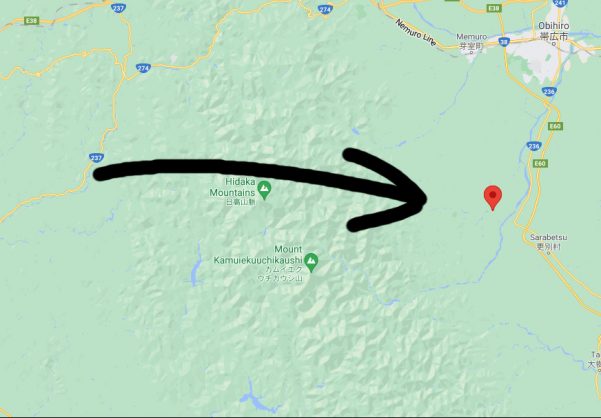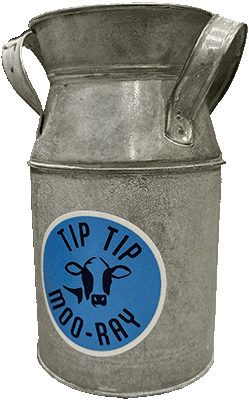Excerpt from The Milkman With The Real Thing
In an elegant kimono matched with traditional sandals, Hasegawa has been visiting trendy Tokyo cafes and suburban supermarkets–anywhere where mothers will listen to him–to explain why there’s no need for milk, at least in its present commercial form.
“A food environment where there’s no need for milk is what we should aim for,” says Hasegawa, speaking at a recent seminar in a Shibuya Ward cafe. “For many people it’s still essential, but in making it ‘hygienic’ it’s been over-processed. It’s no longer a vital food so much as a favorite one.”
The milk from his Omoiyari Farm in Nakasatsunai, Hokkaido Prefecture, he says, is of a different sort. Coming straight from the udder, Omoiyari Seinyu, as it’s called, is the only unprocessed cow’s milk legally available in Japan. Only a handful of Tokyo locations stock it–among them the posh Isetan department store in Shinjuku–in tiny quantities.
Advocates claim that raw milk, retaining minerals and enzymes otherwise destroyed during pasteurization, is healthy. Government agencies, however, warn that there is no meaningful difference in the nutritional value of pasteurized and unpasteurized milk. The U.S. Food and Drug Administration has also concluded that the health risks associated with drinking raw milk far outweigh any benefits derived from its consumption. Japan’s own milk regulations follow closely those in the United States. Hasegawa’s raw milk meets local hygiene standards.
“Japanese regulations are strict when it comes to bacteria, but lax when it comes to agricultural chemicals,” says Hasegawa, adding that his marketable raw milk is simply a by-product of the organic lifestyle he set up for his herd of 40 cows.
A former Tokyo businessman, Hasegawa established his Hokkaido pasture 20 years ago, after first trying to make a go of a career in a hospital.
“Business let me see the inner workings of many things, and made me doubt our future,” he says. “That’s when I decided I wanted to work on behalf of others. But when I started at a hospital, I realized that it was no different from the business world–it was mostly about management issues and keeping face.”
Doing something for others, he concluded, was impossible in human society. So his eye, inexplicable even to himself, turned to cows. Humans have transformed the animals into something nearly unnatural, says the dairyman, making a return to cow Eden impossible.
“That doesn’t mean we shouldn’t try. The best we can do now is create the best environment for the way they are,” says Hasegawa. “If a cow is happy, it tells you through its milk.”
We’ve got the farm listed here on Get Raw Milk, Omoiyari Farm, with their info and a link to their website.
If you’re truly adventurous, and want a full experience, might I suggest a trip through the Hidaka and Kamuiekuuchikaushi mountain ranges to acquire your Japanese raw milk of legends. Roads are overrated.

Heads up, though, word on the street is this milk sells for $50 for 2L. Pricey, but that’s how it goes when you’re the only wholesome milk in town.




